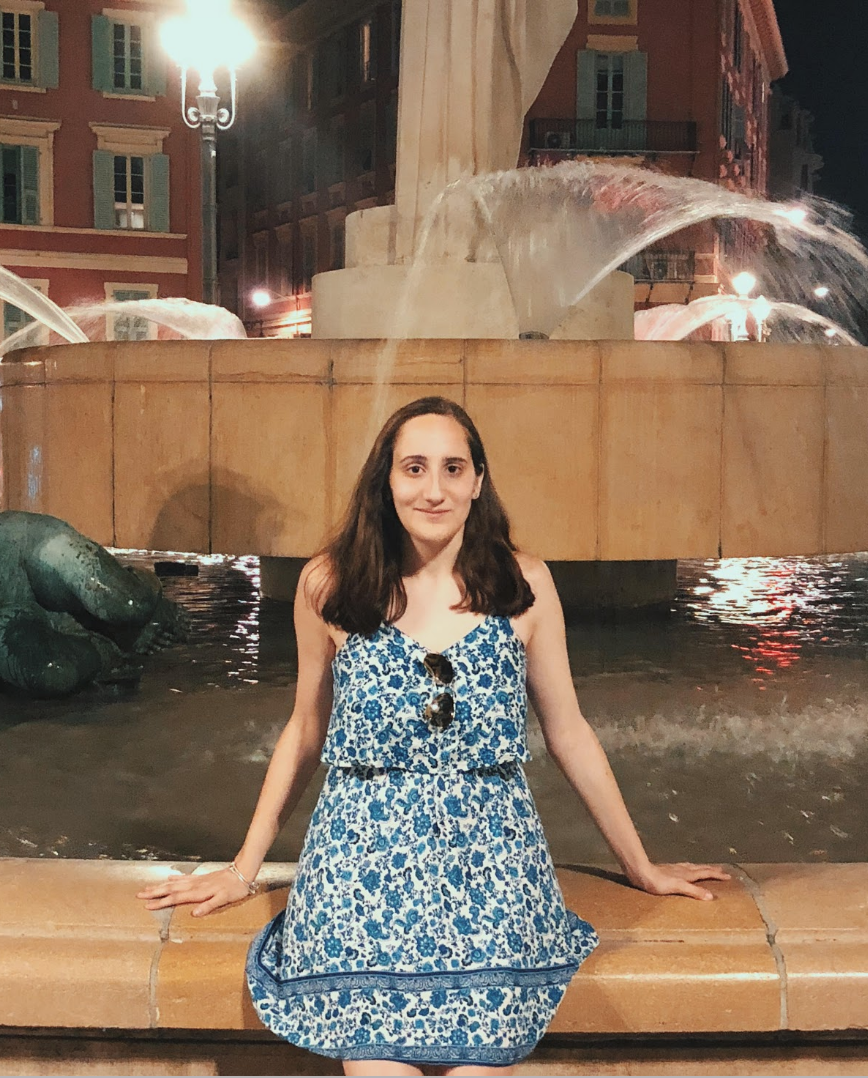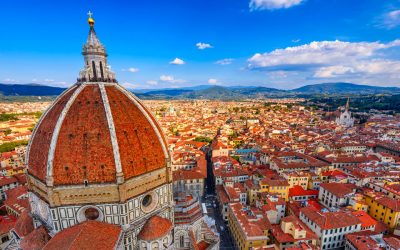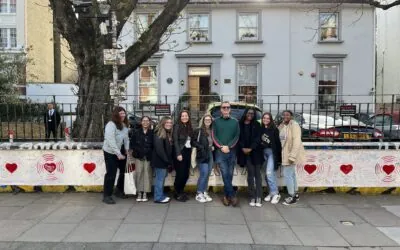Today’s blog post is by Bard College student & API blogger Paola Luchsinger! She’s studying abroad with us in Madrid, Spain.
It’s been one month exactly since I arrived in Madrid but it feels like I’ve been here so much longer.
I’ve been so busy and time has been flying by. After the hecticness of adapting to a new country and culture, overcoming jet lag, orientation and beginning classes at the university, our first trip was to the beautiful city of Lisbon, Portugal. We met up at the Moncloa metro station fairly early on Friday morning to take the 8 hour bus ride to Lisbon.
Initially, I was surprised and a bit annoyed since a plane ride would be so much quicker and more convenient. However, it turned out to be a very interesting experience being able to pass through the Spanish region of Extremadura, a rural, mountainous region in the South. Later we passed the Spanish-Portuguese border, about an hour or so before arriving in Lisbon.
After arriving to the hotel we had a couple of hours of free time to explore our new surroundings.
The weather was warm for winter. Lisbon is a charming, historical city characterized by colorful architecture and its proximity to the sea. That same evening we went out for dinner and later Fado show. Fado is a musical genre exclusive to Portugal and even more so to Lisbon. Fado songs are mostly about nostalgia and heartbreak. This was my first time hearing this type of music live and I was impressed by the emotion and passion expressed by the performers.
Saturday morning after breakfast my group and I embarked on a tour of the most important historical monuments in the city.
We were fortunate enough to have a fantastic tour guide named Ana, who is fluent in English, Spanish, and Portuguese, and incredibly knowledgeable about the historical significance of the places we saw. We got off the bus at the Tower of Belem, a UNESCO World Heritage Site which was responsible for much of the Portuguese maritime discoveries during the age of exploration. The tower was commissioned by King John II as part of a defense system at the mouth of the Tagus river and as a gateway to the city of Lisbon.
We then walked over to the Jerónimos Monastery, a former monastery built during the reign of Manuel I. It was originally the site of a hermitage where explorer Vasco de Gama and his crew prayer before heading on their voyage east to India. Everything about the monastery was truly spectacular, with the cloisters designed in the Manueline architectural style commemorating the importance of the Portuguese explorers’ accomplishments through sea motifs and other complex designs out of limestone.
The inside of the church is just as elaborate with high pillars and the decorative style being a mix of gothic and renaissance. Vasco da Gama, who the monastery was built in honor of, is buried inside along with several members of the royal family. After our tour we were treated to the delicious pastel de nata, a traditional pastry that had been invented in the Jeronimos monastery by the monks who sold them to generate income.
I was fortunate enough to get a chance to explore the city after the organized tour was finished. Although our destination was the famous Azulejo museum dedicated to the azulejo, or ceramic hand-painted tilework which is frequently found in churches. The museum showcases ceramic times dating back from the 15th century to the present day along with a display of the materials used in manufacturing of tiles. Inside there is also a breathtaking church which is almost completely decorated with gold.
The rest of the weekend was extremely pleasant. The food, especially the seafood, was delicious, and the weather was sunny and bright.
I wish I had the chance to spend more time exploring since Lisbon is full of so much history and culture and hope to go back in the future.






